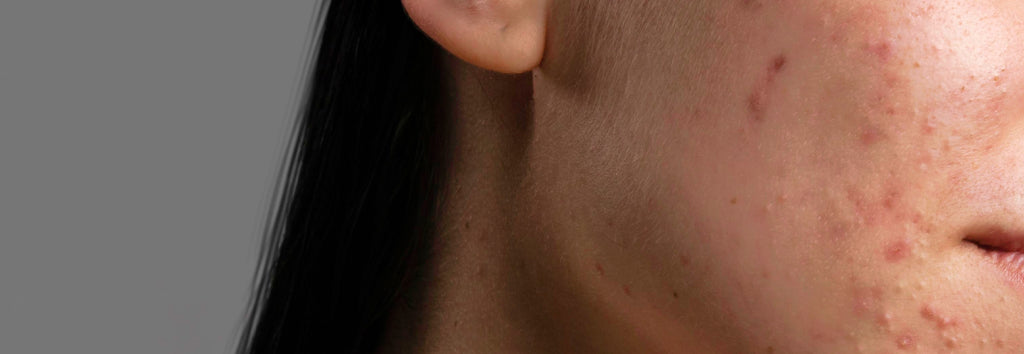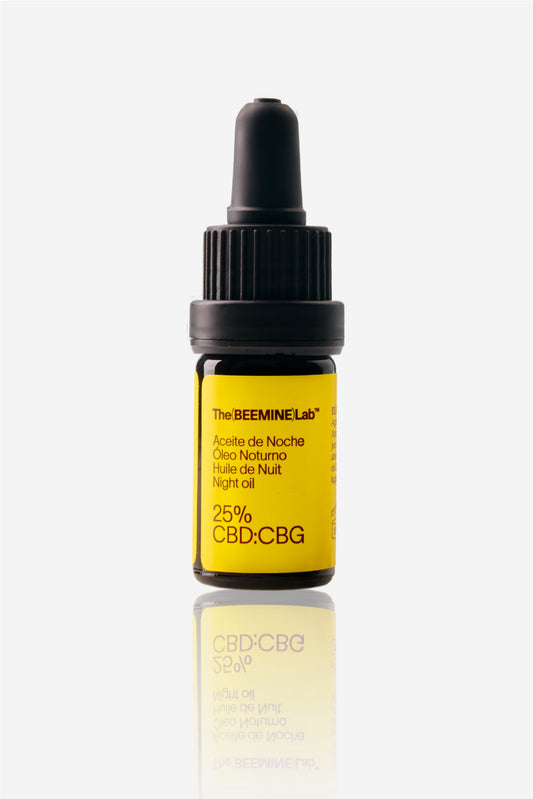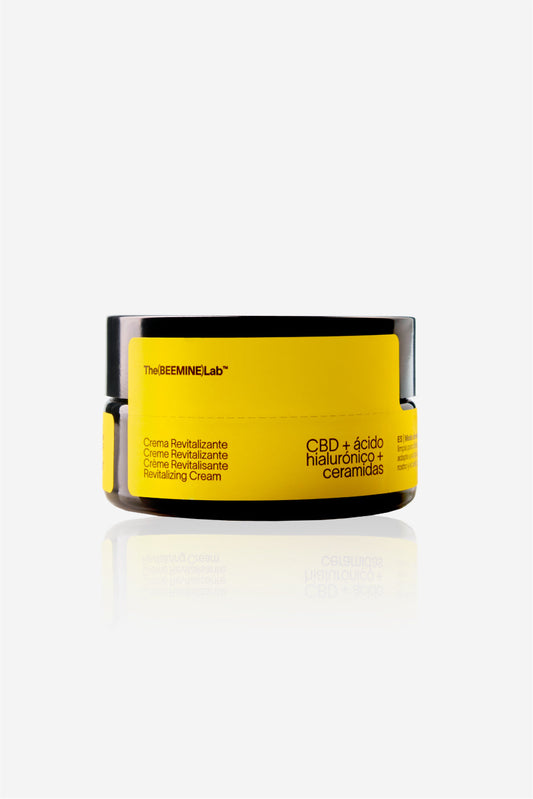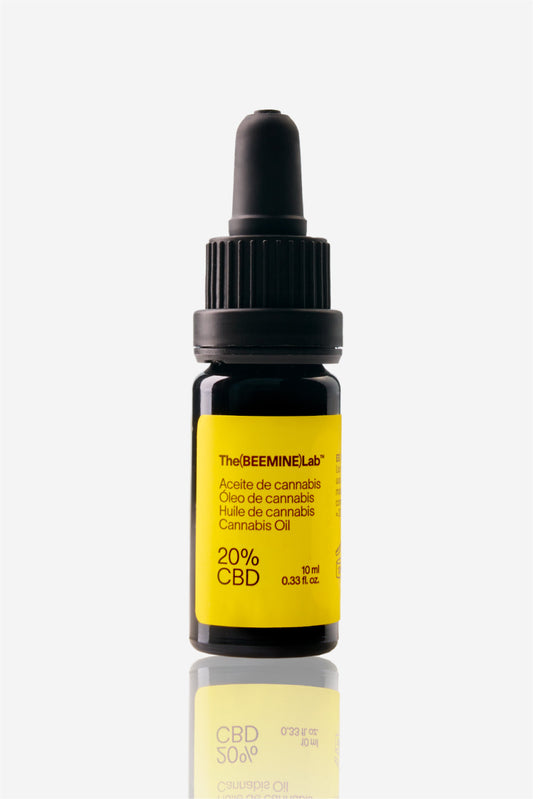- Young age and family history
- Psychological stress
- Hormonal changes
- Eating habits and medication intake
- Hygiene factors
This is how CBD works for the skin
The ECS, the physiological system dedicated to maintaining the balance of the body by influencing and modulating most of our physiological functions, is present in almost all organs including the skin. Specifically, CB1 endocannabinoid receptors are present in cutaneous nerves, in hair follicles and less frequently in nerve fibers; CB2 receptors are present in the reticular and papillary dermis, in hair follicles and sometimes in cutaneous nerves. It is also worth remembering the diffuse presence of TRPV receptors, responsible for the sensation of pain and the expression in sebaceous cells of GPR1 receptors19. In the skin, the ECS regulates different mechanisms:- cell growth and differentiation in the skin
- the production of sebum, the skin's natural fat
- the inflammatory response
Effects of CBD on acne
Considering the importance of the ECS in the skin mechanisms involved in the pathogenesis of acne, the use of phytocannabinoids can significantly improve both the appearance of acne and its signs and symptoms. In particular, the use of CBD can bring greater benefits due to its ECS modulating activity and its anti-inflammatory properties. Recent studies (2)(5) in vitro (i.e. experimentation on cellular tissues) have shown that CBD can significantly improve acne symptoms through different mechanisms:- Modulates and normalizes the different agents that facilitate it, such as arachidonic acid
- Reduces sebocyte proliferation through TRPV channels
- Modulates and reduces the body's inflammatory response
- Acts as an antibacterial against acne bacteria
- Facilitating an analgesic and sedative effect
- Modulating and normalizing hormonal activity
- Indirectly stimulating ECS activity to reduce stress both mentally and physically ? Article on CBD and stress
- Activating 5-HT1a dopamine receptors to improve mood and improve symptoms of anxiety and depression
- Facilitating cellular regeneration of the skin and the disappearance of physical signs such as irritations, wounds and scars.
Examples of CBD effects on acne: Clinical cases
Various clinical trials are currently underway on the use of synthetic CBD in patients with acne (10) (11) (12). The first results have revealed above all an excellent safety profile and a very significant reduction (47%) of inflammatory lesions after only 4 weeks of treatment, as well as showing a significant improvement also in non-inflammatory lesions. These results are consistent with other studies with volunteers (3)Precautions if you are going to take it for acne
The most appropriate way to use CBD to improve acne symptoms is topically , through which the effect is concentrated only in the area of application using products such as creams, ointments and oils. The advantage of external use is the possibility of acting directly on the affected area, thus increasing bioavailability and effectiveness against symptoms at a physical level. The disadvantage of external use is the lack of a systemic effect, since CBD does not enter the bloodstream, therefore it does not act against psychological symptoms or in the modulation of the hormonal system. To deal with this type of symptoms, the most recommended is internal use , specifically through the sublingual route, although in Spain it is not yet permitted or regulated unlike in other countries.Types of acne that can be treated with CBD
External route- Creams, ointments: it is advisable to use a small amount (the size of a bean...) applied directly to the affected area 3-4 times a day, massaging gently to facilitate absorption.
- Facial oil and serum: it is advisable to use a low concentration oil (maximum 3%), applying 2-3 drops directly to the affected area 3-4 times a day and massaging gently to facilitate absorption, which may be slower than with creams and oils.
- Sublingual oil: internally, there is an optimal dosage for each person as it depends on many factors, therefore the best way is to start with a minimum dose (1-2 drops) of a low concentration oil (3% or 5% depending on the case) applied and held under the tongue for 60-90 seconds and gradually increasing the dose until the effects appear.







